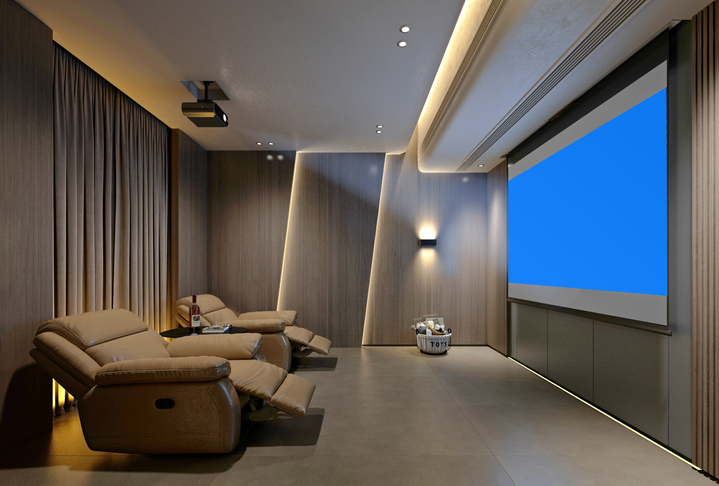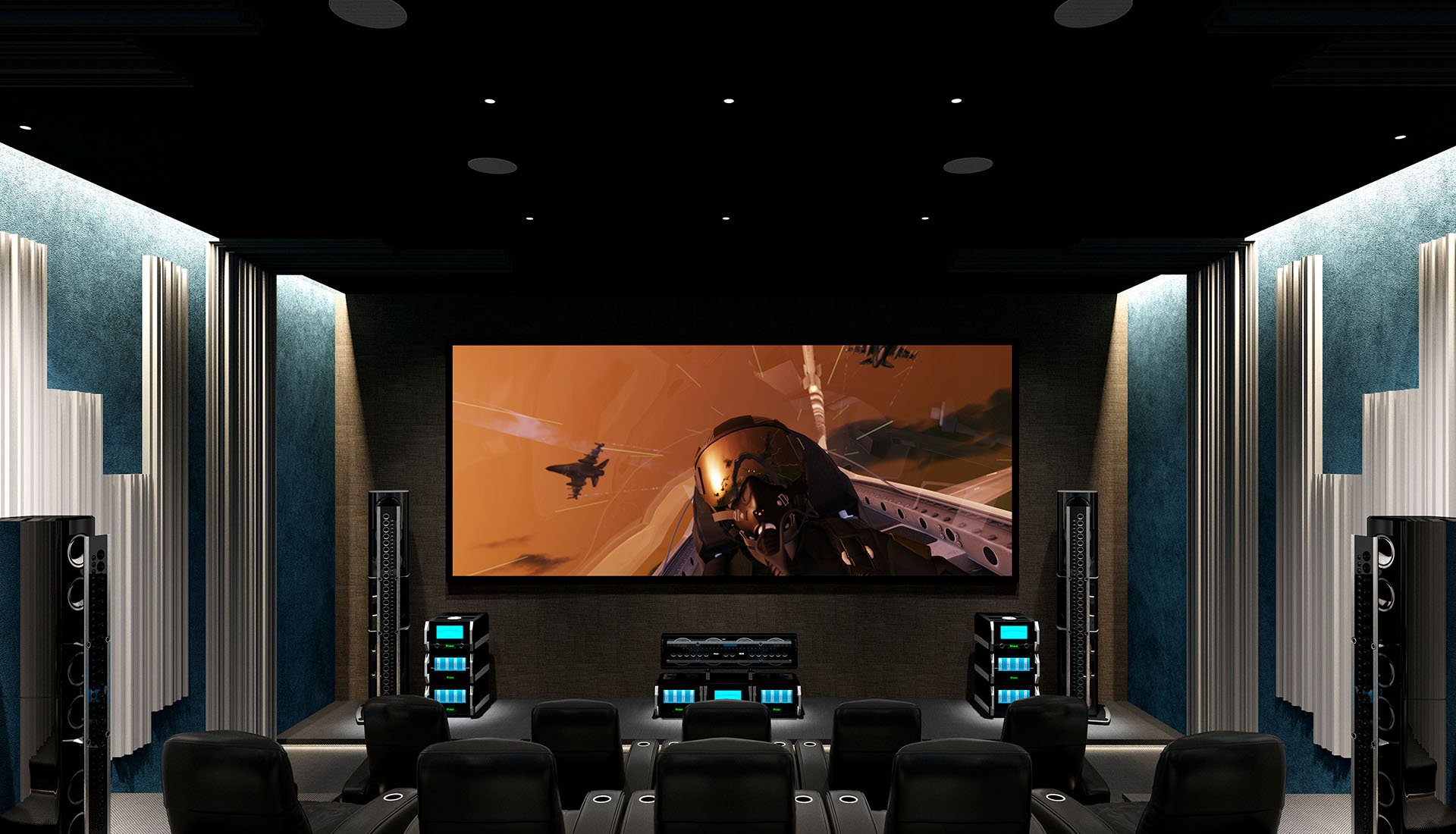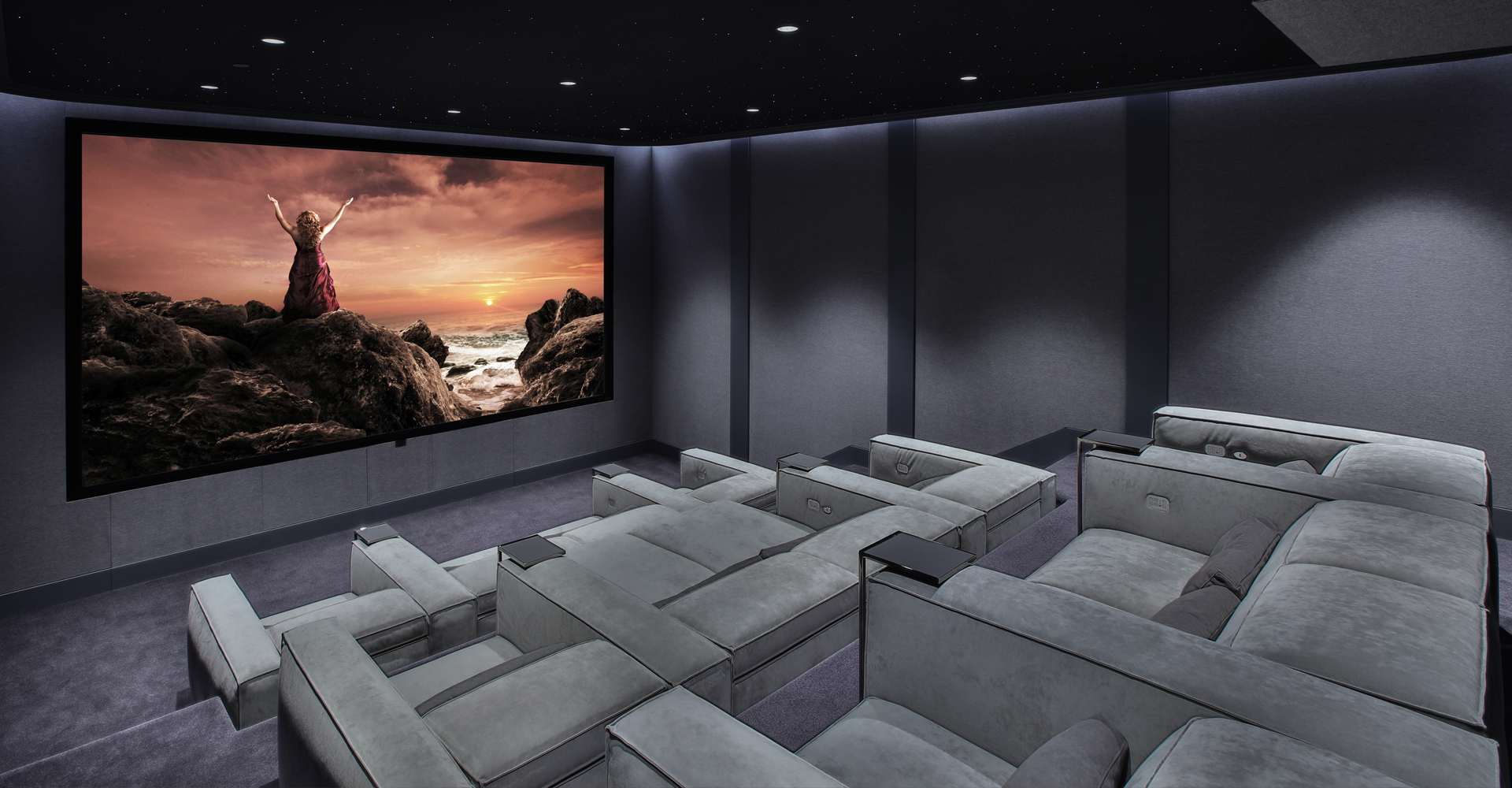Home Theater 101: Everything You Need to Know for a Motion Picture Experience at Home
Developing a home theater that equals the motion picture experience of an industrial theatre involves cautious factor to consider of several parts, including display option, stereo, and room layout. Each aspect plays a pivotal role in accomplishing the preferred setting and capability. Whether you are contemplating the suitable display dimension or the ins and outs of surround sound, recognizing these basics is vital. As we explore these vital elements, it comes to be apparent that the selections made can dramatically influence your general watching experience, leaving one to ponder exactly how these decisions will shape your personal cinema.
Picking the Right Screen
When establishing a home theater, selecting the appropriate display can make or damage the watching experience - tampa home theater. The screen acts as the focal point of your setup, affecting image high quality, viewing angles, and total visual. Trick elements to take into consideration include screen type, size, and resolution
First, identify the appropriate screen dimension based on your area measurements and seating distance. Next off, choose between various display kinds, such as fixed-frame, motorized, or retracting screens, each offering unique advantages.
Resolution is one more important variable. For a really immersive experience, take into consideration a screen designed for 4K or also 8K content, making certain intensity and quality. Furthermore, think about the screen's gain, which affects illumination and comparison; a greater gain can boost illumination in well-lit areas, while a lower gain might be extra appropriate for darker atmospheres.
Selecting Audio Equipment
Audio tools is an important component of any kind of home movie theater system, substantially improving the general watching experience. The selection of audio equipment can figure out the depth, quality, and immersion of sound, crucial for developing a motion picture atmosphere.
When selecting audio devices, consider a border audio system, which usually includes a receiver, several audio speakers, and a speaker. A 5.1 or 7.1 network system is advised, where the first number represents the audio speakers and the second the subwoofer, supplying an immersive soundscape. The receiver is the heart of the system, handling sound and video signals, and ought to sustain contemporary layouts like Dolby Atmos for a boosted spatial experience.
Quality speakers are vital; try to find versions that use a well balanced audio account with great bass response. Floor-standing speakers can generate richer sound, while shelf choices conserve space. Additionally, consider wireless alternatives for convenience of installment, although wired systems frequently provide premium efficiency.
:strip_icc()/heritage-lake-model-2524d1f5bc974300a65f3187a6ebd929.png)
Ideal Seating Arrangements
Developing a suitable home cinema experience hinges substantially on optimum seating plans. The plan of seats plays a vital role in both comfort and viewing quality, directly impacting the overall motion picture experience.
First, think about the screen size and watching distance. A typical standard is to place seats at a distance about 1.5 to 2.5 times the diagonal size of the screen. This ensures an immersive experience without stressing the eyes.
Next, altitude is crucial. The back rows should be higher than the front to stay clear of obstructions if your seats is in a tiered layout. For level seats, guarantee that the front row is not also close to the screen, which everybody has a clear line of vision.
Moreover, take into consideration the plan in terms of social dynamics. Group seating can enhance the public experience, while private seats may be liked for personal viewing.

Lastly, focus on convenience with ergonomic seats that sustains extended watching periods. Including recliner chairs or supported seats can considerably enhance the experience, making the home cinema a favored destination for both entertainment and relaxation.
Lighting and Atmosphere
Effective lights and setting are important components of a properly designed home movie theater, as they considerably influence the checking out experience. The right lights can improve the cinematic feel, while inadequate selections can diminish it. For optimum results, think about a layered lights method that includes ambient, job, and accent lights.
Ambient illumination gives general lighting, guaranteeing that the space is not completely dark, which can strain the eyes. Dimmer switches are highly advised, enabling modifications based upon the content being seen. Job illumination, such as wall surface sconces or flooring lamps, uses practical illumination for tasks like reading or browsing the space without interrupting the overall ambience.
Accent lighting can be made use of to highlight building attributes or develop focal factors, including deepness and rate of interest to the room. LED strip lights behind displays or along racks can give a subtle glow that improves the aesthetic experience without frustrating the customer.

Wiring and Installation Tips
A tactical wiring arrangement is essential for accomplishing optimum performance in your house movie theater system. Correct circuitry not just ensures high-grade sound and video signals however additionally improves the general visual of your space. Begin by mapping out your format, recognizing where each element will certainly be put, including your look at this web-site screen, speakers, and receiver.
When picking cable televisions, focus on high-quality, suitably assessed circuitry to decrease signal loss. HDMI cords need to be used for video clip connections, while audio speaker cord need to match the requirements of your speakers and amplifier. Select in-wall ranked cords to comply with safety and security criteria and preserve a tidy look.

Final Thought
In summary, producing a phenomenal home theater experience calls for cautious consideration of various elements, consisting of display choice, audio equipment, seating plans, illumination, and circuitry. Each component plays a critical role in accomplishing optimum performance and setting, eventually improving the enjoyment of home amusement. By prioritizing these elements, a motion picture environment can be successfully reproduced, permitting immersive watching experiences that equal traditional movie theater settings. Interest to detail in each location is essential for overall fulfillment.
Producing a home theater that measures up to the cinematic experience of a commercial theatre includes mindful consideration of numerous components, including display option, sound systems, and room design.When establishing up a home movie theater, choosing the ideal screen can make or damage the viewing experience. Next, pick in between various screen types, such as fixed-frame, mechanized, or retractable screens, each offering unique advantages. For an absolutely immersive experience, think about a display made for 4K or even 8K content, ensuring intensity and quality.In recap, producing an extraordinary home redirected here theater experience needs mindful consideration of various aspects, consisting of display option, audio devices, seating arrangements, lighting, and circuitry.